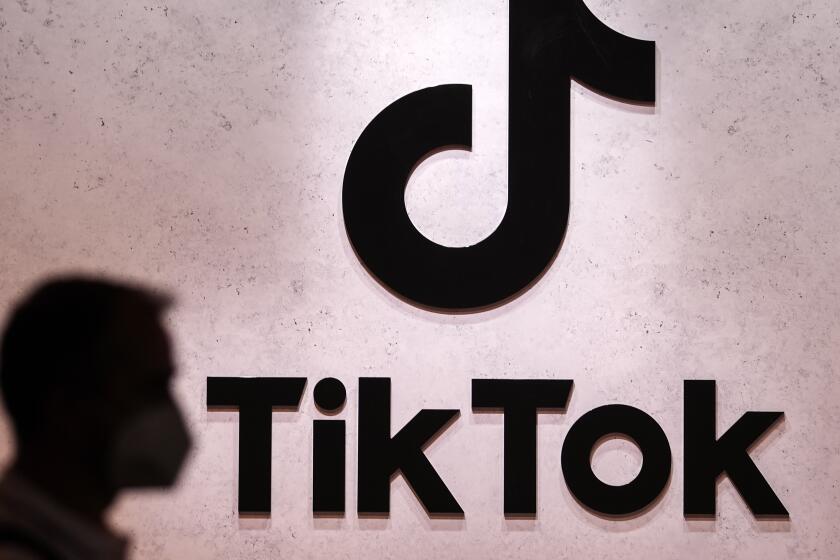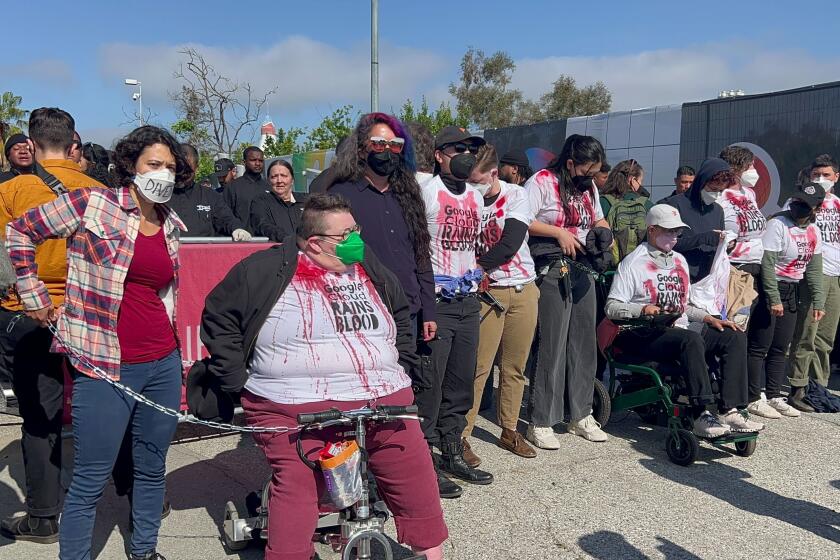Job Sharing in Executive Suite: An Idea Whose Time Has Come
Sharing top executive jobs is an idea whose time has come. Top jobs in both the private and public sectors have become so large and demanding that one practical solution is for two people to split the chief executive post.
Why does the idea of sharing the top spot deserve consideration? One reason is that it is becoming more common.
Recall that when Louis V. Gerstner left RJR Nabisco, the company elevated two vice presidents to co-chief executive to take his place.
When Tenneco’s chief, the late Michael H. Walsh, disclosed that he was suffering from cancer, he said he did not feel the need to resign, because he regarded the company’s president as a “co-pilot” with whom he ran the company jointly.
Even Apple Computer’s Steve Jobs and John Sculley essentially shared the top spot, however informal and short-lived that arrangement.
In 19th-Century America, managers could understand all of their company’s products, processes and functions. But today’s complex job pressures and technologies can exhaust and overwhelm managers.
It’s easy, for instance, to understand why Harvard’s Neil R. Rudenstine took a leave of absence from the university’s presidency. Some blamed Rudenstine’s management style for his bout with exhaustion, and called for him to micro-manage less and delegate more.
*
But the truth is that jobs at the top of large organizations have become so demanding that no management style yet devised can solve the incipient problems of work and information overload.
Executives, of course, do not want to admit that it is barely possible to run these organizations single-handedly. But can a lone chief executive really be said to command and control large educational or government institutions, conglomerates or multinational companies?
Job sharing at the top also makes sense because the notions of teamwork and shared responsibility are taking hold in corporate America. From the shop floor to the executive suite, managers have learned that teams of people are better at control, coordination, resolution and nearly all the other functions that individuals once performed.
Sometimes companies appoint two executives to take over the duties of president, thereby setting up a succession horse race. Coca-Cola did this in 1991.
*
But why make high-level job sharing a temporary arrangement? Why not recognize the value of permanently distributing a top manager’s responsibilities and authority? General Motors obviously sensed the need to move in this direction in 1992 when it split the roles of board chairman and chief executive for the first time in 30 years.
What is keeping more organizations from doing the same?
Tradition and inertia are partly to blame. Additionally, the idea of the strong, heroic leader is ingrained in our national psyche and culture, even though this ideal is better suited to expanding the country’s western frontier than navigating the global Information Age.
As we near the 21st Century, faced with unprecedented business and government challenges, job sharing at the top is a sensible idea worth considering.



